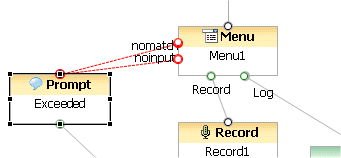What is a Routing Workflow?
Contents
What is Routing?
In the simplest terms, routing is the process of sending an interaction to a target, for example, sending an incoming telephone call to an agent. In practice, an interaction must undergo various types of processing between the time it arrives at the contact center and the selection and routing to the appropriate target. Each processing-point is an opportunity for some sort of processing to take place or for Universal Routing Server (URS) to make a decision based on the current situation—with the goal of getting the interaction delivered to the most appropriate target.
What is a Routing Workflow?
A routing workflow is a set of decisions and instructions that tells Universal Routing Server how to handle and where to direct interactions under different circumstances.
At any given processing-point in the workflow, only one of several possible outcomes can be optimal. Universal Routing Server uses the workflow instructions to determine which outcome is optimal and sends the interaction along a specified route accordingly.
There are various ways to create an SCXML-based workflow in Composer:
- By working with blocks to create a workflow in Composer or Composer Design perspective.
- By writing code in the Composer_Code_Editors (which may include using templates).
- By importing an existing workflow.
Routing Blocks and Ports
Each processing-point is represented graphically in a workflow by a routing block, which has:
- One entry port
- One or more red exception ports
- One or more green exit ports.
The figure below shows how these ports appear for a block in Composer's workflow designer.

